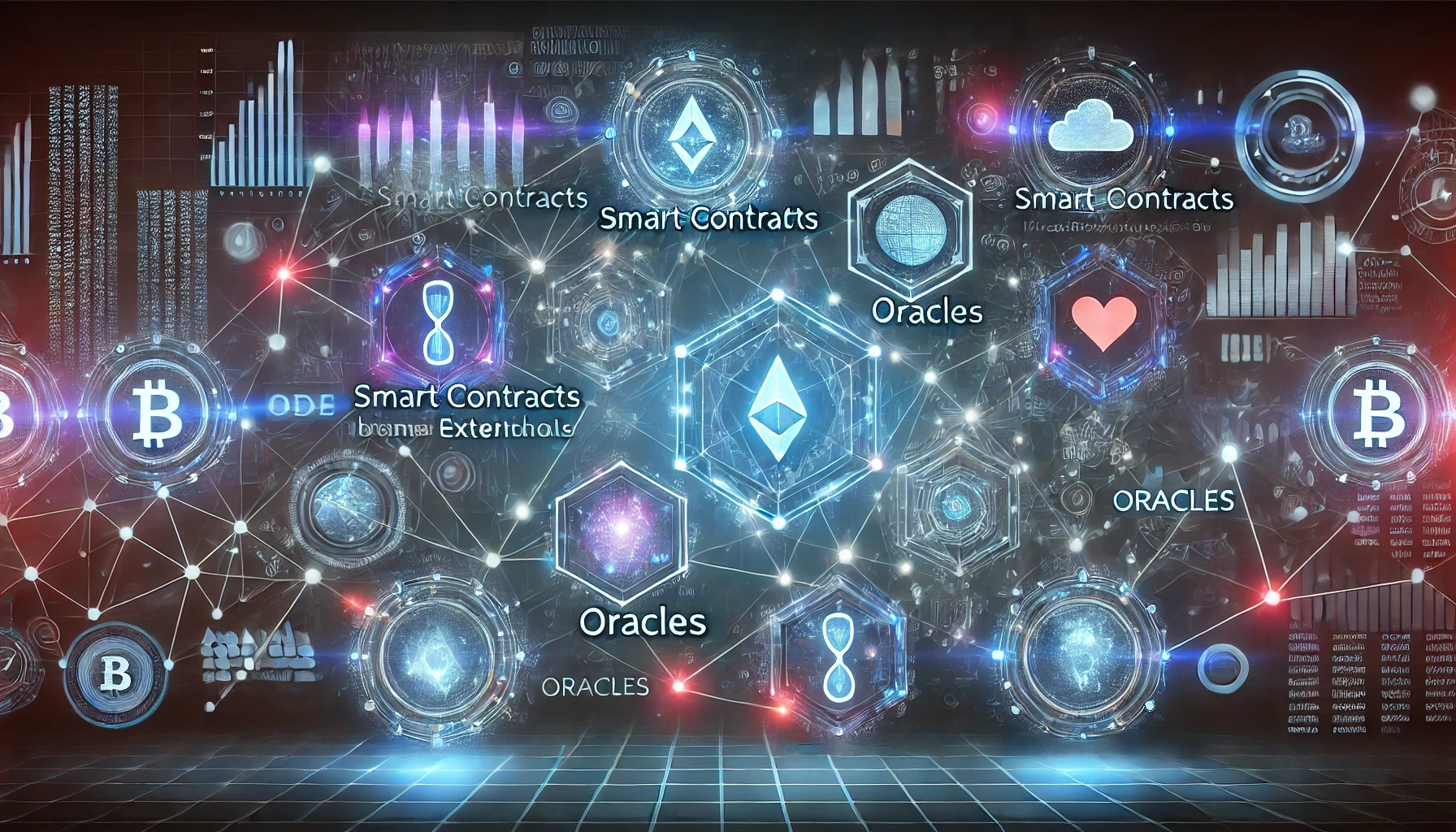What Are DeFi Oracles?
Oracles are third-party services that fetch, verify, and deliver real-world data to blockchain networks. Unlike traditional databases, oracles ensure data integrity in decentralized ecosystems. Examples include:
Price feeds (e.g., BTC/USD rates for lending platforms).
Weather data (for crop insurance dApps).
Sports scores (for prediction markets).
Without oracles, smart contracts couldn’t execute actions based on real-world events.
Why Oracles Matter in DeFi
Enabling Complex Applications:
From algorithmic stablecoins (like DAI) to synthetic assets (like Synthetix), oracles provide the data needed to maintain collateral ratios and valuations.Risk Mitigation:
Reliable oracles prevent exploits. For example, a faulty price feed could cause a lending protocol to liquidate users incorrectly.Interoperability:
Oracles allow DeFi protocols to interact with off-chain systems (e.g., stock markets, IoT devices).
Types of DeFi Oracles
Centralized Oracles: Managed by a single entity (fast but vulnerable to manipulation).
Decentralized Oracles: Aggregated from multiple sources (e.g., Chainlink) for tamper-proof data.
Cross-Chain Oracles: Facilitate data sharing between blockchains (e.g., Polkadot’s Oracle Pallet).
Example: Chainlink’s decentralized oracle network secures over $20B in DeFi value by sourcing data from 1,000+ nodes.
Challenges Facing DeFi Oracles
Data Accuracy: "Garbage in, garbage out"—flawed data corrupts smart contracts.
Security Risks: Oracles are prime targets for hacks (e.g., the 2020 bZx exploit).
Decentralization Trade-offs: More nodes improve security but increase latency and costs.
Case Study: The Role of Oracles in Aave
Aave, a leading DeFi lending platform, relies on oracles to:
Fetch real-time asset prices.
Calculate loan-to-value ratios.
Trigger liquidations when collateral dips.
Without accurate oracles, Aave’s $10B+ ecosystem couldn’t function safely.
The Future of Oracles in DeFi
Privacy-Preserving Oracles:
Projects like API3 use zero-knowledge proofs to deliver data without exposing sensitive details.AI-Powered Oracles:
Machine learning could predict and verify data trends in real time.Layer-2 Integration:
Oracles optimized for rollups and sidechains to reduce gas costs.
How to Evaluate Oracles for Your DeFi Project
Decentralization: Opt for multi-source networks like Chainlink or Band Protocol.
Reputation: Audit providers’ track record (e.g., uptime, past exploits).
Cost-Efficiency: Balance data accuracy with on-chain gas fees.
Conclusion
Oracles are the unsung heroes of DeFi, quietly enabling trillion-dollar markets to thrive. While challenges like data accuracy and security persist, innovations in decentralized oracle networks are paving the way for a more connected, reliable, and scalable DeFi ecosystem. As blockchain adoption grows, oracles will remain indispensable—bridging the gap between code and reality.
